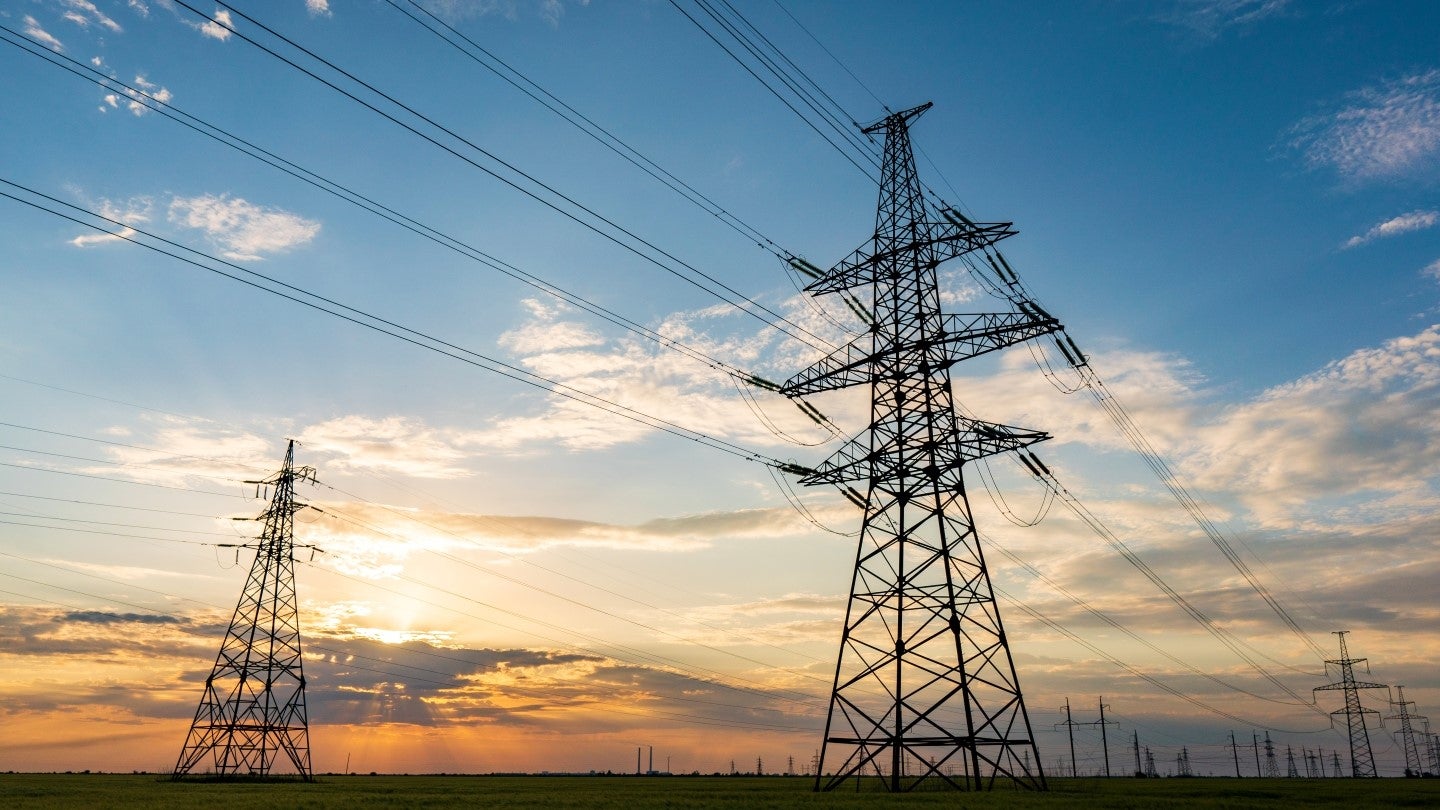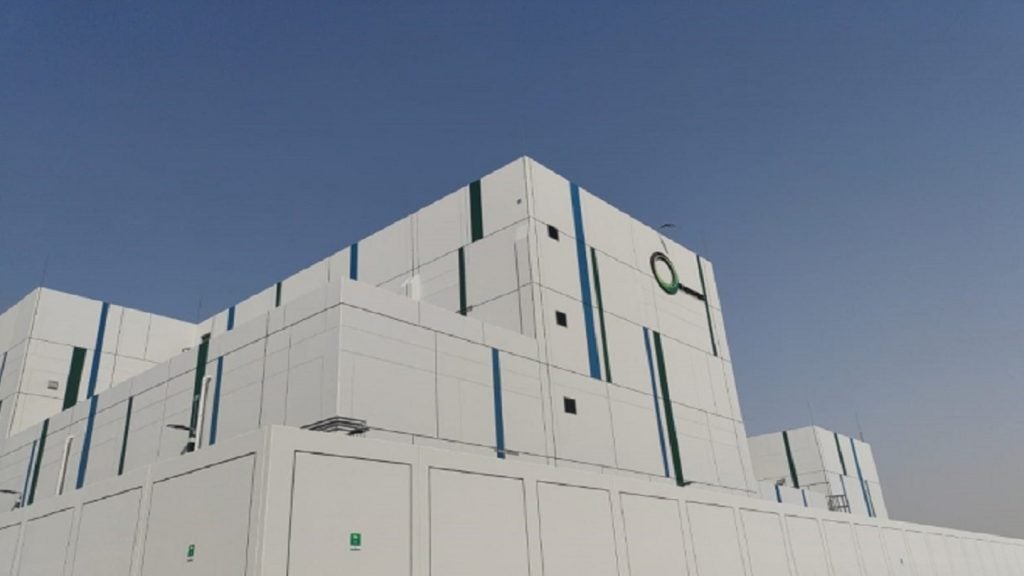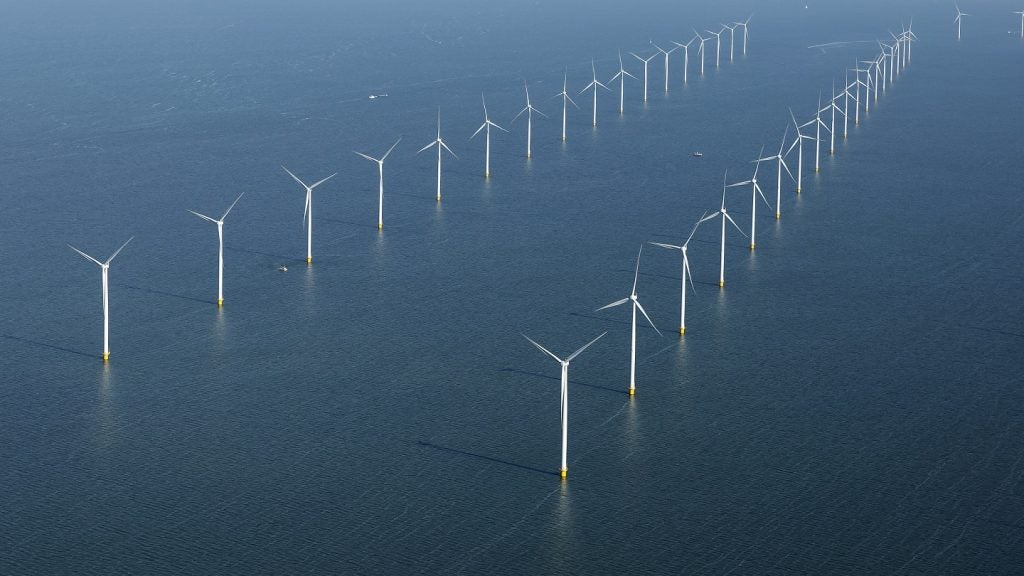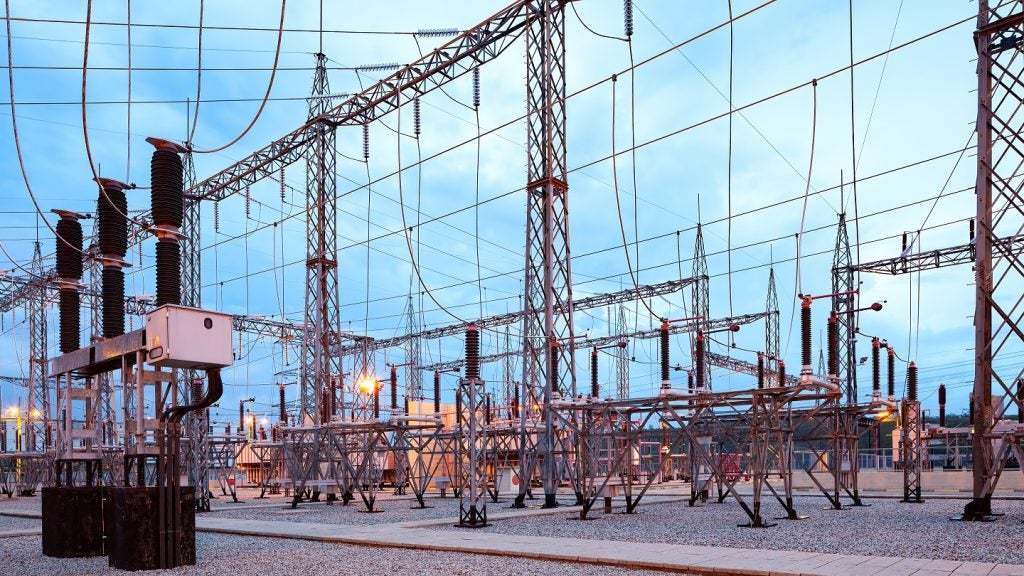
Italian energy company Enel has secured a $300m loan from the International Finance Corporation (IFC) to support its energy distribution projects in Bogotá and Cundinamarca, Colombia.
The loan will build new infrastructure, reinforce and expand the energy distribution network, as well as develop electric mass transportation systems within Bogotá and the surrounding Cundinamarca area.
It will support the Bogotá-Region 2030 project, which aims to facilitate electrification and network expansion.
The high-voltage electrical system will be bolstered by building substations along with 4.1km of high-voltage lines and 50km of medium-voltage networks.
These investments will strengthen the country’s infrastructure against adverse weather conditions while boosting network reliability.
The funding will also enhance the electric mobility system in the capital through the construction of 90km of medium-voltage networks and 7km of high-voltage lines.
These enhancements will also improve air quality and support transport sector decarbonisation.
IFC Colombia, Mexico, Central America and the Caribbean director Elizabeth Martínez de Marcano stated: “IFC is committed to supporting the decarbonisation of electricity supply and promoting resilient electricity systems through digitalisation and smart energy storage.
“This new alliance with Enel Colombia contributes substantially to our sustainability and climate mitigation strategy in Colombia and Latin America.”
Last month, Enel stated that it will take a cautious approach towards spending on renewables while investing more in grids.
Between 2024 and 2026, the company estimates a total gross capital expenditure of €35.8bn, €18.6bn of which will be invested in grids.
The IFC has also entered an agreement with the Barbados Government to build the first utility-scale onshore wind farm in the country.
IFC will act as the lead transaction adviser for the 30MW to 50MW Lamberts wind project. Total investment in the project is estimated to be $80m.
To be located in the northeastern part of the island, it will be developed under a public-private partnership model.
The wind farm is expected to have a private sector sponsor, chosen via a competitive tender, which will own the majority stake. This showcases a trend to switch to private enterprises for renewable energy development in the Caribbean region.







